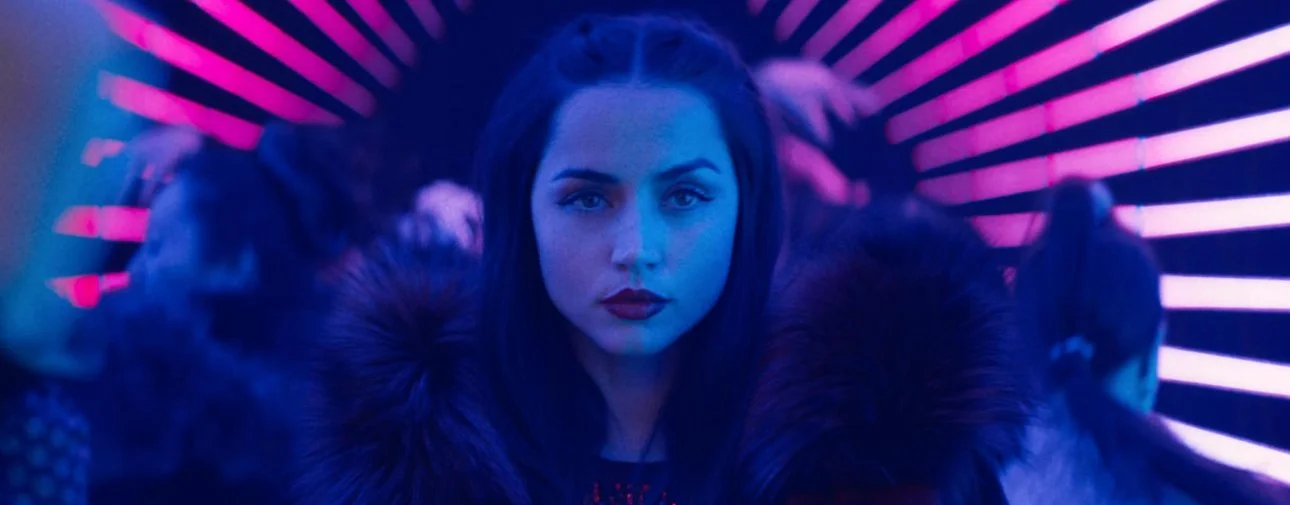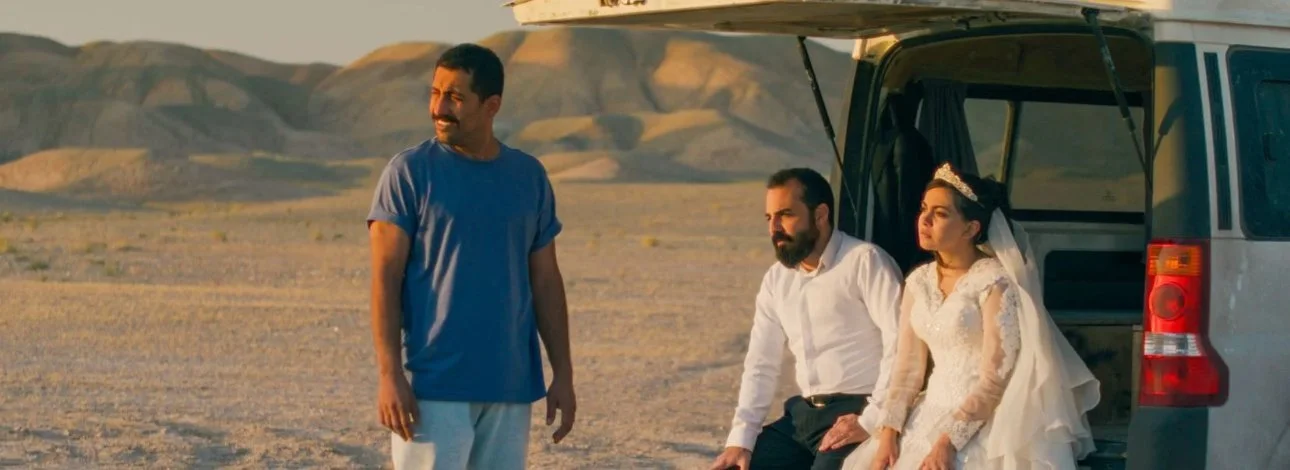Great films by directors under 25 are hard to come by. In fact, it was nearly impossible to find ten titles. But after some heavy research, I managed to concoct this list (originally conceived for IndieWire way back in my freelance days).
I edited, subtracted, and added some films. It made me realize what an impossible task it was to be a very young filmmaker and hit one out of the ballpark. No wonder then that listed below are filmmakers who would end up being some of the most important of the 20th and 21st century.
FULL LIST:
“Jeanne Dielman” (Chantal Akerman)
“Mommy” (Xavier Dolan)
“Citizen Kane” (Orson Welles)
“Duel” (Steven Spielberg)
“Hard Eight” (Paul Thomas Anderson)
“Evil Dead” (Sam Raimi)
“El Mariachi” (Robert Rodriguez)
“Boyz n the Hood” (John Singleton)
“Clerks” (Kevin Smith)
“Before the Revolution” (Bernardo Bertolucci)
“Boy Meets Girl” (Leos Carax)
“Gummo” (Harmony Korine)
“George Washington” (David Gordon Green)
You can read my full thoughts on each of the first ten films here.
Of course, towering above all is Welles’ masterpiece, “Citizen Kane”. The fact that he was just 25 years old when the film premiered at the Palace theater in 1941 is staggering and almost unheard of for a film this revolutionary and important to the medium.
“Citizen Kane” stood at number one in the prestigious Sight & Sound decennial poll of critics, topping the list in 1962, 1972, 1982, 1992 and 2002. The 2022 poll had a surprising #1, “Jeanne Dielman,” which had been directed by a 24-year-old Chantal Akerman.
What does that say about youthful filmmaking? It says something pretty remarkable about the potential of young directors: that bold vision, creative risk-taking, and a fresh perspective aren’t necessarily things that come with age—they can actually come from being unencumbered by it.
Both ‘Jeanne Dielman ‘ and ‘Citizen Kane’ were made by directors who hadn’t yet been shaped—or limited—by the industry. That freedom, paired with talent and an uncompromising vision, allowed them to create something radically original.
It also suggests that groundbreaking art often comes from those who haven’t yet been told “you can’t do it that way.” They were still inventing their own language for cinema. Call it the urgency of youth. These directors weren’t waiting for permission.





